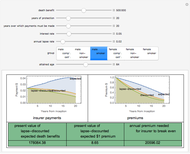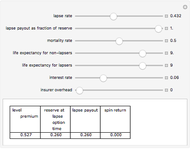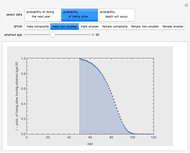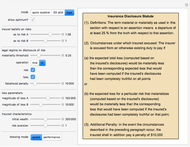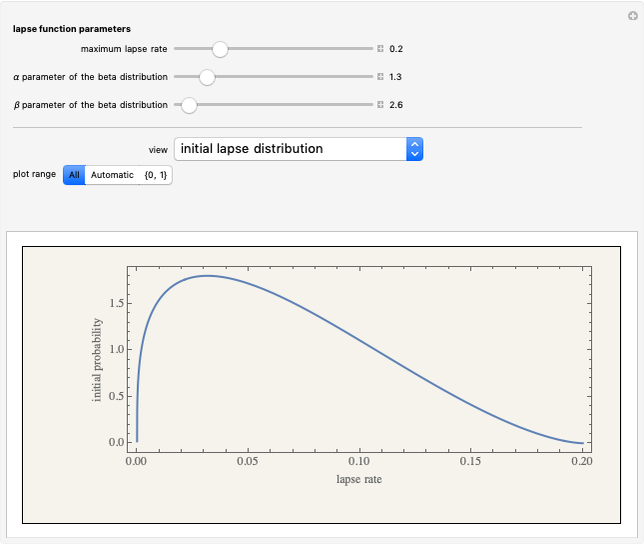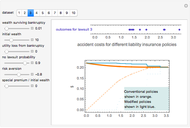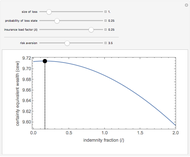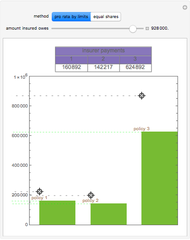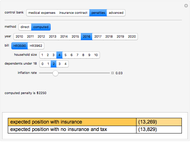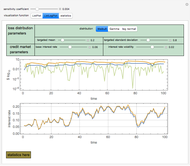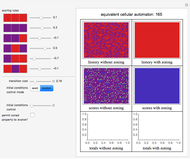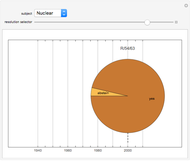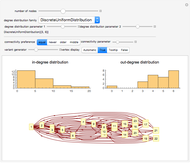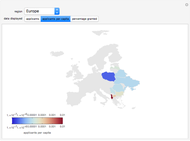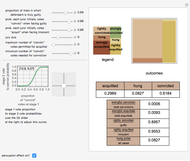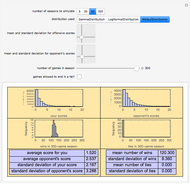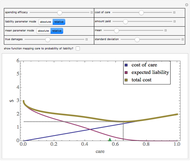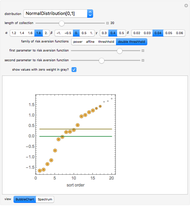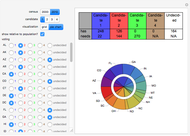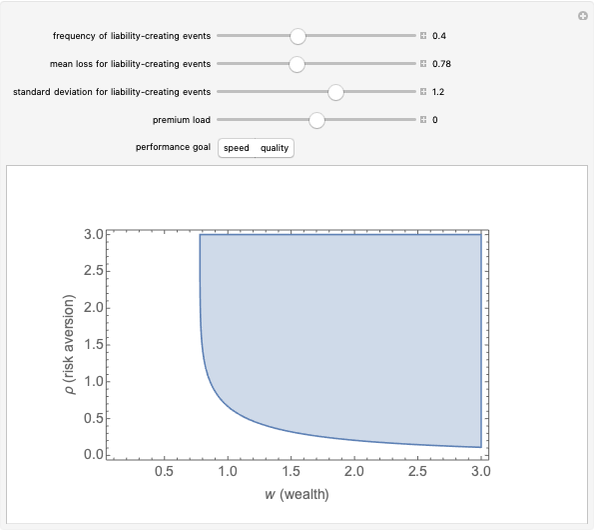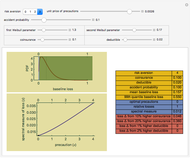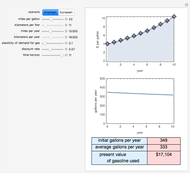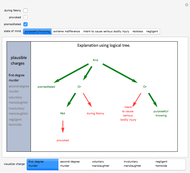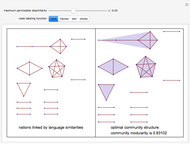Current versus Cohort Life Tables and the Regulation of Life Insurance

Requires a Wolfram Notebook System
Interact on desktop, mobile and cloud with the free Wolfram Player or other Wolfram Language products.
Mortality tables generally used in life insurance regulation and many life insurance computations are what are called "current tables": they show the rates of death for each age at some point in time, such as 1980 or 2003. Individuals do not go through their lives, however, as if it were always 1980 or 2003. Thus, an individual born in 1957 dies at the rate for 53-year-olds set forth by 2010 current mortality tables, dies at the rate for 63-year-olds set forth by 2020 current mortality tables, and dies at the rate for 73-year-olds set forth by 2030 current mortality tables. The death rates that this individual thus experiences can be recapitulated in what is known as a "cohort life table."
[more]
Contributed by: Seth J. Chandler (March 2011)
Open content licensed under CC BY-NC-SA
Snapshots
Details
So long as life expectancy increases over time, the premiums derived using a current table will be higher than those using a cohort table. Insurers adopt different contractual rules and policies within constraints provided by regulations regarding how the difference between the accumulated premiums that result is allocated among insurer and insureds. The insurer, for example, may pay a dividend to insureds to compensate them for mortality better than that predicted by current tables.
This Demonstration assumes a two-parameter Gompertz–Makeham hazard function in which the second parameter remains constant and life expectancy is changed through alteration of the first parameter. You can change the second parameter of the distribution with the advanced controls. A second advanced control lets you change the interest rate used by the insurer in computing premiums and the future value of the difference between premiums under a cohort life table and a current life table.
To permit free movement of the locators but ensure the amount of data necessary to perform the computations required by this Demonstration, you are barred from having fewer than two locators, and it is additionally assumed that life expectancy was 30 in the year 0 and will be 100 in the year 5000.
For simplicity, it is assumed that policies incept on January 1st of each year. Nothing material would change in the outputs of this Demonstration were this assumption relaxed.
A true cohort life table cannot be fully constructed until all the persons born in some cohort die.
An excellent treatment of the mathematics of life insurance, including the "commutation functions" used in the code for this Demonstration, may be found in H. U. Gerber, Life Insurance Mathematics, 3rd ed., New York: Springer, 1997.






